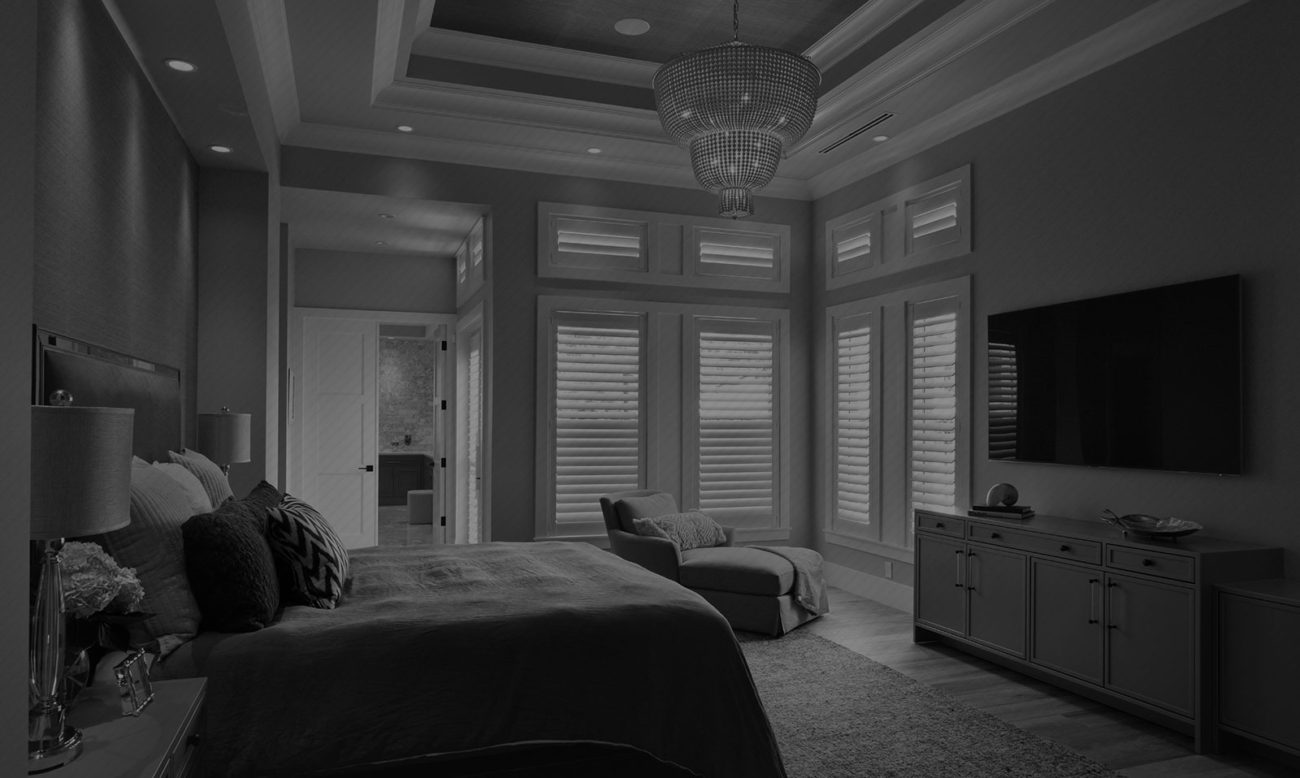At the Furniture Fair, Sustainable Furniture Gets Playful
The table lamp is laid-back, and no wonder. Created by Peter Stathis, a San Francisco industrial designer, for Joby, a San Francisco consumer products company, Trapeze has the easygoing affect of a Bay Area windsurfer on a fair-trade coffee break.
But don’t be fooled by its relaxed demeanor. Trapeze has a serious side — it’s good for the environment, too. Introduced at the International Contemporary Furniture Fair, which ended on Tuesday, the lamp has 102 LEDs embedded in its ultra-thin head; a diffuser softens and spreads the light so that it resembles the warmth of (boo, hiss) incandescent bulbs. Another bit of patent-pending wizardry allows Trapeze to bend like a Cirque du Soleil gymnast because no wires run through its jolly, bulbous joints. The current somehow manages to flow anyway.
At the Jacob K. Javits Convention Center in Manhattan, where the furniture fair is held every May, and in concurrent design events throughout the city, playfulness mingled with social responsibility, and sometimes overshadowed it. Among the more than 500 exhibitors from 39 countries, the green conversation hadn’t faded by any means, but it was less strident, better integrated into the ambient hum of the new.
This fair showed that objects as banal as recycling containers, stepladders, fruit crates and old potatoes can have flair. At the Javits Center, Catherine Mui, a designer based in Hong Kong, showed her GO recycling bin, its compartments topped with sculptures of a bottle, can and carton to assist in sorting.
Among the items at “Use Me,” the American Design Club exhibition in NoHo, was Step, a ladder by Iacoli & McAllister, of Seattle, inspired by models from the 1920s, except that it had pink-painted oak treads and was priced at $1,195, so it probably won’t be left to rot in the garage. (It’s sustainable the way emerald brooches are.)
Hannu Kahonen’s Fruit Box chair, on display at a Finnish design exhibition in the meatpacking district, challenged consumers who presumably have mastered Ikea furniture to assemble their own seating from recycled planks lashed together with linen cord.
And at “Model Citizens,” a design show at the Chelsea Art Museum, the Dutch designer Juliette Warmenhoven’s Potato Music Box, part of her Everyday Growing collection, turned a sprouting potato into a centerpiece. The music box, constructed by hand of paper dipped in plastic, displayed the potato on a rotating pedestal, flaunting its underappreciated charms.
Once the grim, chastising superego of product design, sustainability has become delightful. And it no longer calls attention to itself as insistently as it once did. Trove, the Brooklyn wallpaper company, has begun applying its delicate, nature-themed prints to wallcoverings made with calcium carbonate, the stuff of marble and limestone; the texture of the material offers little evidence of its provenance, although a sample was suspiciously heavy and cool. Randall Buck, a founder of Trove, said the stone-based wallcoverings are breathable, antimicrobial, degradable (into dust) and easier to hang than conventional wallpaper because they don’t expand and contract when paste is applied. Another virtue, Mr. Buck pointed out, is that while “paper wants to turn yellow,” stone is content to remain its original color.
Sustainability has traditionally created aesthetic challenges, leading to products made in regrettable shades of oatmeal, but designers at this year’s fair positively embraced those hurdles. At the booth representing Rhode Island School of Design’s furniture department, students working with Twintex, a recyclable Owens Corning-manufactured composite of glass and polypropylene, described the medieval tools they used to turn the material into hairy-looking tables, chairs and lamps. For Eun Sang Ernie Lee, the author of an armchair composed of crimped waves of fiber, the instruments were giant knitting needles; a system of aluminum rods and clips to produce the perm; and a kiln to bake the chair into stability.
How big were the needles? “Two inches in diameter,” Mr. Lee estimated. Other students jumped in to correct him, making circles of three and four inches with their fingers.

